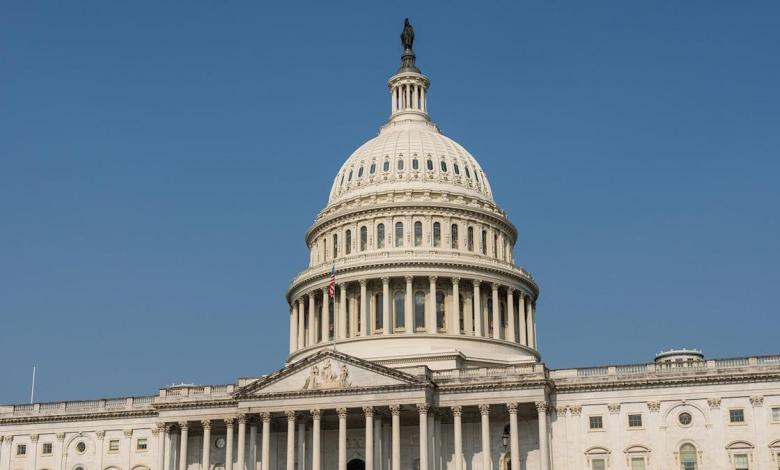Us News
Republican senators find $1 billion added to the budget bill

Senate Republicans have discovered a mysterious $1 billion in President Trump's budget bill, and lawmakers say they don't know what it is for. Semafor and The New York Times White House correspondents Shelby Talcott and Tyler Pager joined the “Take-Out” for discussion.


